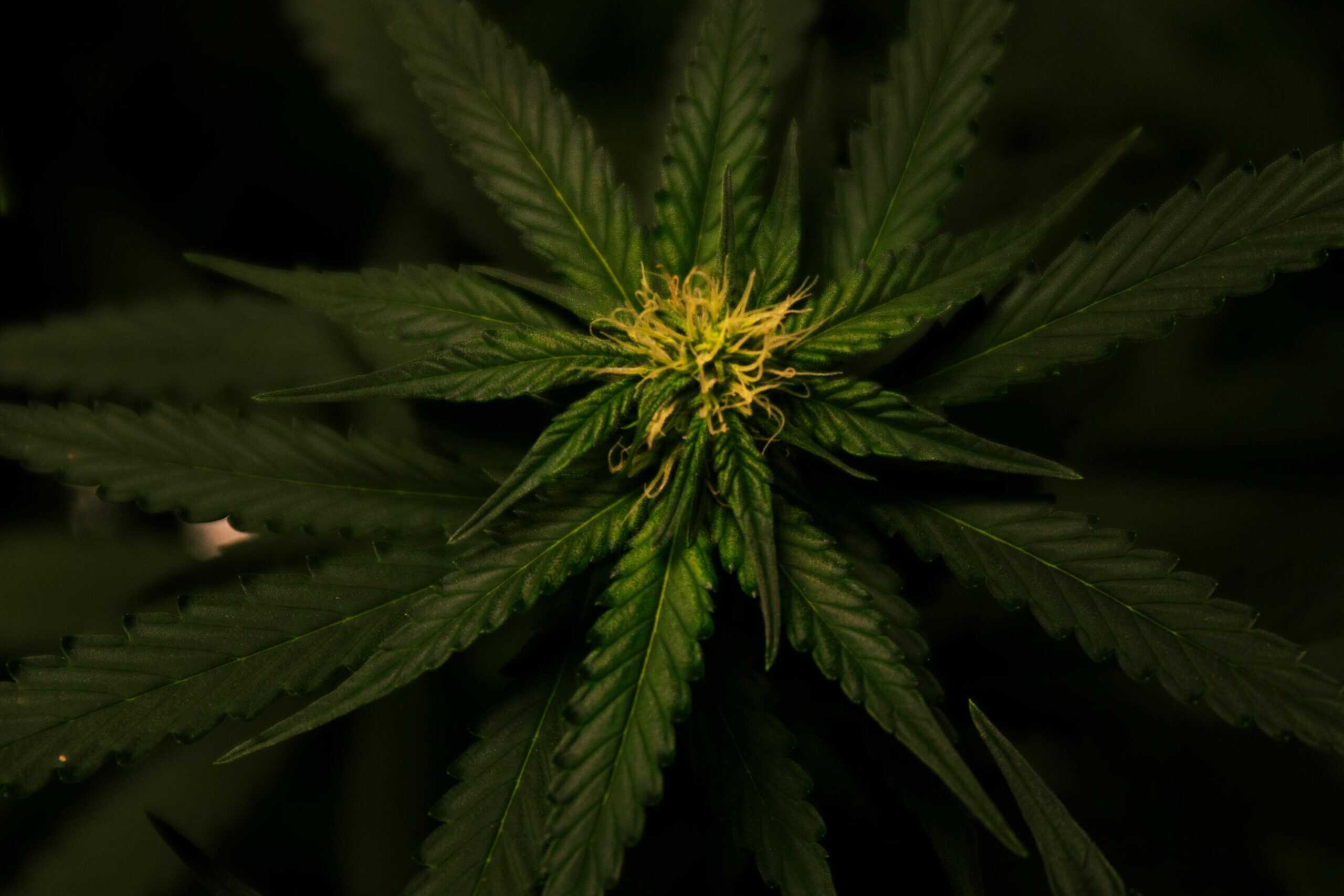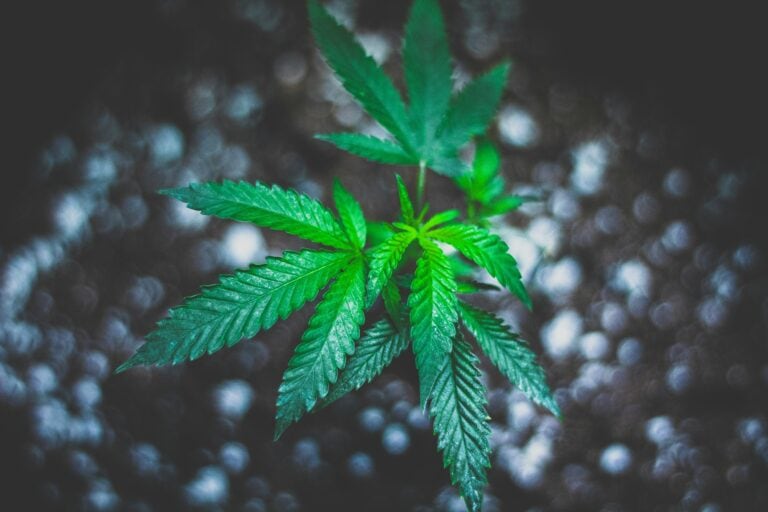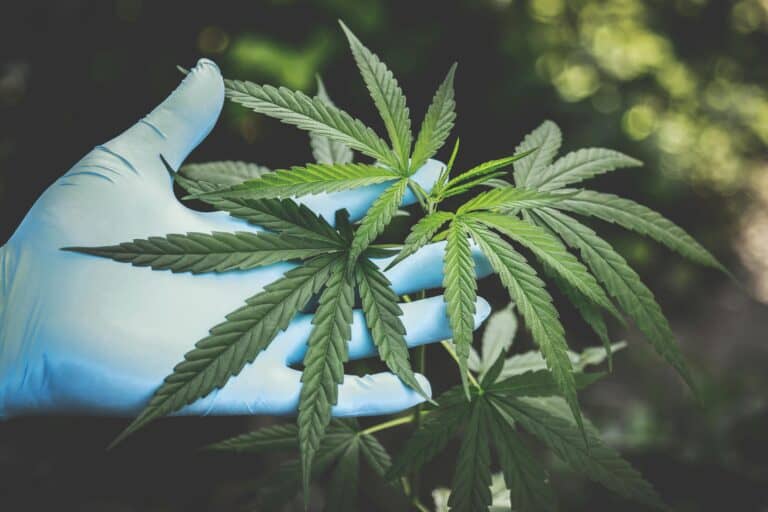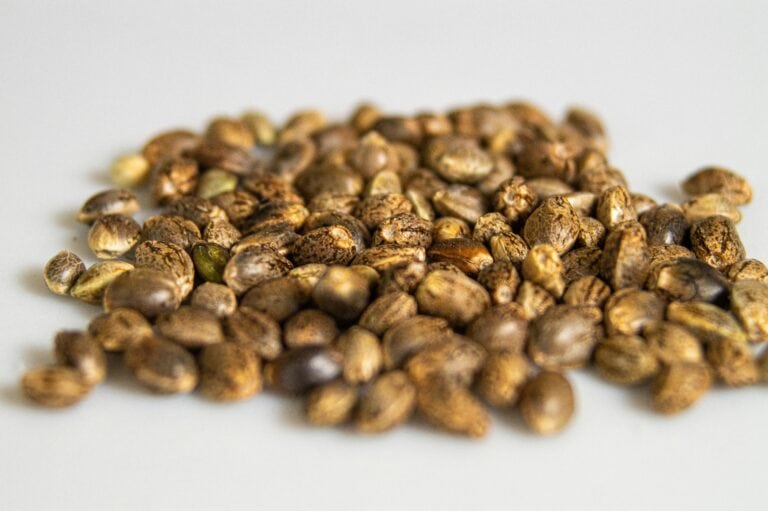Growing Cannabis: A Total Beginner’s Guide to Not Messing It Up (Probably)
So, I decided to start growing cannabis (my own medicine).
Let’s be honest, I’ve spent a significant portion of my adult life waiting. Before dispensaries, it was waiting 30 minutes for my medicine when they swore they were “five minutes away”.
Now, as a veteran using medical marijuana for my health, I’m just waiting for the next expensive bill. The system is better, sure, but it ain’t cheap. And when you rely on something for your well-being, you start looking for a better way.
That’s what led me here. I finally decided to try and grow cannabis myself. The goal is simple: to see if a regular person with a thumb that’s more brown than green can actually cultivate their own high-quality medicine.
But here’s the catch, and it’s a big one: I am a total beginner. I don’t have a secret greenhouse or a degree in botany.
My starting knowledge is basically zero.
This isn’t a guide from some guru in the mountains. This is a field journal. A real-time, step-by-step log of my journey from clueless to (hopefully) capable.
We’re building this plane while we fly it, and you’ve got a front-row seat.
Table of Contents
My “Why”: The Reasons I Finally Decided to Grow Cannabis
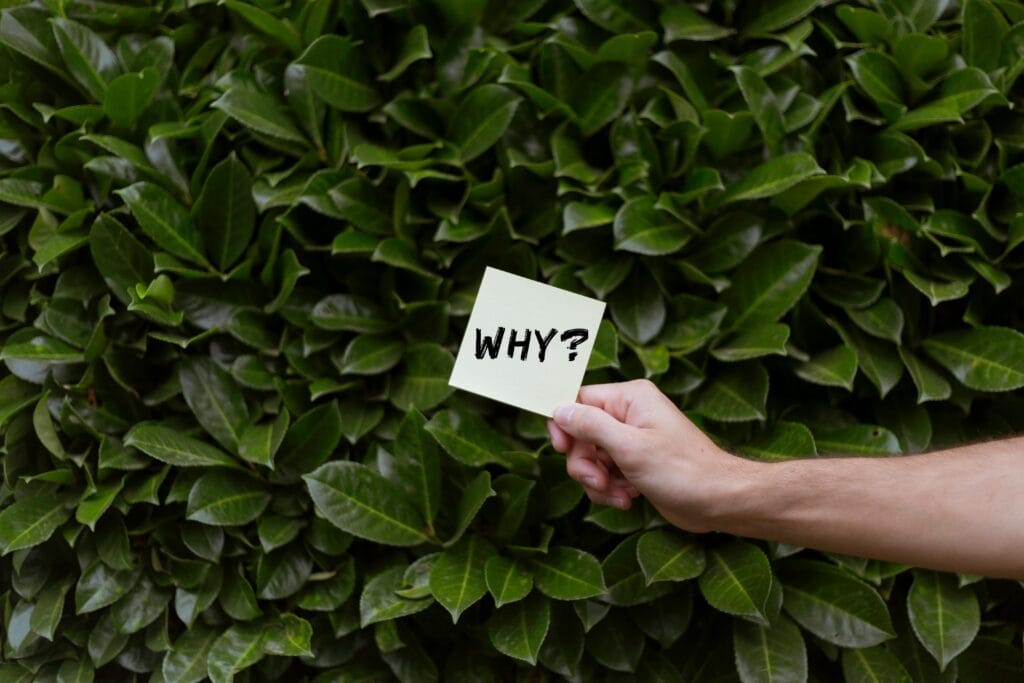
Every project needs a good “why,” especially when you’re wading into new territory. For me, it boils down to a few key things that might sound pretty familiar to you, too.
Gaining Control Over My Medicine
When you grow your own, you become the quality control manager. You know exactly what’s going into your plant and, ultimately, your body.
It’s the female cannabis plant that yields the flowering buds you’re looking for, and having direct oversight of that flower from seed to harvest means no mystery pesticides or unknown chemicals.
For a medical patient, that peace of mind is priceless.
The High Cost of… Well, Getting High
Let’s talk about the elephant in the room: money.
The initial setup for an indoor grow has a price tag, no doubt. But when you stack that one-time investment against the endless cycle of dispensary purchases, the math starts looking pretty friendly over the long run.
My hope is to trade a short-term hit to the wallet for some long-term financial relief.
A More Personal Connection to the Plant
This is the part that surprised me as I started doing my research.
There’s something powerful about the idea of nurturing the very plant that provides you with relief. It feels like a way to take ownership of your own wellness, from the literal root to the final flower.
It’s a journey I’m excited to start.
The Initial Freak-Out: The Challenges When You First Learn to Grow Weed
My initial excitement lasted for about, oh, twelve hours. Then I made the classic mistake of opening a dozen browser tabs and diving headfirst into the research. That’s when the “freak-out” began.
Drowning in a Sea of Jargon
Suddenly, I was staring at a mountain of information written in what felt like a completely different language.
People were casually discussing things like the vegetative phase, checking the color of a trichome, and waiting for a pistil to turn orange. It felt like I needed a secret decoder ring just to understand a single forum post.
The sheer volume of new terms was enough to make my head spin.
The Fear of a Dead Plant (And an Empty Wallet)
Beyond the confusing words, a much more practical fear started to creep in. You start thinking, “Am I really going to do this?
What if I spend a bunch of money on all this gear and just end up with a sad, dead plant in a closet?”
It’s a genuine concern. The risk of wasting time, effort, and cash is real, and it’s a big hurdle that I’m sure every new grower has to overcome before they even plant a seed.
The Absolute Basics for an Anxious Beginner: What a Cannabis Plant Actually Needs
After my minor panic attack subsided, I took a step back and realized something important. For all the complex science you can learn, at the end of the day, we’re dealing with a plant. And a cannabis plant, like any other plant, has a few basic needs to survive and thrive.
Giving Your Cannabis Plant the Light It Craves
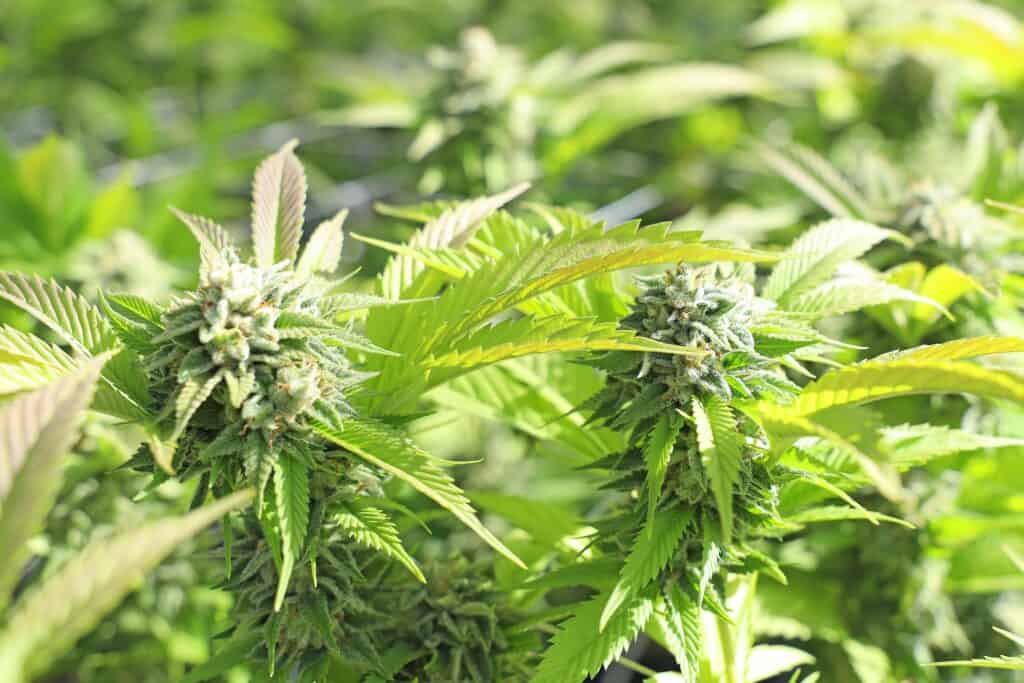
This is lesson number one. Without light, a cannabis plant simply cannot grow. It’s the primary food source that fuels its development. Since we’re planning to grow indoors, we have to become the sun. This is where grow lights come in, providing the energy the plant needs to live.
Creating a Healthy Grow Space with Proper Airflow
Just like us, plants need to breathe. My research shows that good air circulation is a must to avoid mold and other fungal issues. A healthy grow space needs constant fresh air, which is why proper ventilation is so important. It helps strengthen the plant’s stems and keeps the environment from becoming stagnant and diseased.
Basic Nutrients for a Healthy Cannabis Plant
A plant gets thirsty and hungry. It’s that simple. It needs water to transport nutrients and maintain its structure, and it needs a good fertilizer to provide the essential minerals for growth. The soil a plant lives in is its pantry, and it’s our job to make sure it’s stocked with everything it needs.
A Key Growing Tip: Choosing a Strain for a Beginner
This was a huge discovery for me. It turns out not all cannabis is created equal.
You’ve got Sativa varieties that are generally associated with an uplifting, energetic effect and Indica strains that are known to be more relaxing and sedative in naturee.
But then I stumbled upon what seems to be the holy grail for a nervous beginner: autoflowering seeds.
The guides say these are the best choice for beginners because they are easy to grow and will automatically start to flower on their own without needing a change in the light cycle. That sounds like the perfect way to get a win on our first try.
Researching My First Grow Space: A Beginner’s Wish List on a Budget

Okay, this is where the abstract ideas of “light” and “air” start turning into a real-life shopping list. My browser history is now a chaotic mix of gardening sites and hardware stores.
It’s time to figure out what a beginner actually needs to create a simple grow space for some indoor growing without taking out a second mortgage. This is my beginner’s wish list, built on hours of late-night research.
Planning My Grow Space: Grow Tent vs. Spare Closet
My first big question was, where do I actually put the plant?
While a spare closet sounds easy, my research kept pointing me toward grow tents. A quality tent is designed to insulate your plant’s habitat and prevent precious light from leaking out. This gives you complete control over variables like temperature and humidity.
The interior is almost always made of a reflective Mylar material, which helps boost the light output for your plants by hitting all parts of them, not just the top.
For a small grow like my first attempt, a 2’x2’ or 2’x4’ tent seems like the perfect starting point.
Choosing Grow Lights for a Beginner Grower
This felt like the most important decision. Since there’s no sun in a tent, grow lights have to do all the work. The two main types I keep seeing are the classic HPS (High-Pressure Sodium) and modern LEDs.
- HPS Lights: These are common for beginner growers and emit a strong orange/red light spectrum.
- LED Lights: These are the new kids on the block. The guides talk about “Quantum Boards,” which use a ton of small diodes for more fine-tuned light distribution. They are becoming the new hot light for growers and often come with a dimming knob that allows you to control the intensity.
For a beginner grower trying to keep things simple, the control and lower heat of an LED light seems like the way to go.
Ventilation: Why Airflow is a Non-Negotiable
I quickly learned that ventilation isn’t just about hiding the smell. A filtration system is very effective in eliminating the odor caused by plants so it doesn’t bother your family or neighbors.
But just as importantly, running an exhaust fan helps pull air out of the tent, which is a great tool for lowering the internal temperature and humidity.
The system usually incorporates a charcoal filter that traps the smell, keeping your home fresh. This seems less like an optional accessory and more like a must-have.
My “Oh, I Need That Too?” Shopping List
And finally, here’s the list of little things that never occurred to me until I started digging:
- A Timer: You need one to automatically turn the lights on and off to maintain a strict schedule.
- Fabric Pots: I’ve seen these all over forums. Apparently, they’re better for root health than standard plastic pots.
- A Hygrometer: A cheap little device that measures temperature and humidity. Seems pretty important for monitoring the environment.
- A pH Meter or Strips: This one gives me flashbacks to high school chemistry, but my reading suggests that having the ability to adjust pH levels is a key part of the process.
The Game Plan: What Happens After I Get All The Gear
With a wish list full of tents, lights, and fans, the next step is to figure out the actual process of, well, growing. This is my theoretical flight plan from the moment the seeds arrive to the first signs of a real bud. It’s all based on the guides I’ve been studying, and it’s the part where things get really exciting.
A Beginner’s Plan for Germination
Before you can have a plant, you need to convince a seed to wake up. This is called germination. The most common method I’ve found seems to be the paper towel method, which involves placing seeds into a wet paper towel and leaving them in a warm, dark place. The goal is to see the taproot emerge, which is the part of the seed that sprouts first and goes searching for nutrients. Once that little root is poking out of the seed, you know it’s time to start planting.
Planning for the Vegetative Phase
Once the seedling is planted, the grow enters the vegetative phase. My research indicates this is the stage where the plant has only one job: get as big and strong as possible, focusing on growing only stems and leaves. To make this happen, the game plan is to set the light timer for 18 hours of light and 6 hours of darkness. This long “day” tells the plant to keep focusing on growth before it’s time to flower.
Getting Ready for the Flowering Phase and First Bud
This is the part we’re all here for. After the plant is big and healthy enough, the plan is to switch the light schedule to 12 hours of light and 12 hours of darkness. This change in light tricks the plant into thinking that the seasons are changing, and it’s time to start producing buds. The plant is photoperiodic-reactive, meaning it flowers as the days get shorte. During this
flowering phase, I’ll be on high alert, looking for the first signs of a flower, like the tiny little hairs which are called a pisti. Seeing those for the first time will be the moment all this research and planning becomes real.
My Future Harvesting Plan: The Grand Finale
This is it. The theoretical end of the line. After all the research, planning, and hypothetical growing, we get to the final, crucial steps. Harvesting feels like the moment all the patience and hard work pays off, but my research shows that these last few steps are some of the most important.
Learning How to Know When It’s Time for Harvesting
One of the biggest questions I had was, how do you actually know when the plant is ready? The answer, it seems, lies in the trichomes. These are the small, sticky, crystal-like hairs that grow on the cannabis plant. The plan is to get a small magnifier or jeweler’s loupe to get a close look at them. The guides say that when the trichomes change from a clear or milky white color to a more amber shade, you know it’s time to harvest.
The Drying Process: A Lesson in Patience
Once the plant is chopped, the work isn’t over. The next step is drying. My plan is to hang the flowering branches upside down in a well-ventilated space, like the grow tent. This is another lesson in patience, as my reading indicates this process can take anywhere from a few days to almost two weeks. The goal is to wait until the smaller stems snap but the larger ones still bend a bit.
Curing the Cannabis for a Perfect Finish
This seems to be the final, magical step that separates decent bud from great bud. The curing process involves trimming the buds off the stems and sealing them in airtight containers, like glass jars. From there, the plan is to “burp” the jars by opening them daily to let moisture escape This slow and steady process is tricky; too much moisture risks mold, while too little will make the buds dry out and lose their aromatic properties. It’s a balancing act, but it’s the key to a high-quality final product.
A List of Plant Problems I’m Already Worried About

Part of being a good beginner is anticipating what could go wrong. My research has been filled with pictures of sad, unhealthy plants, and I’d like to avoid ending up in that photo gallery if I can. This is my “what to watch out for” list, based on the common issues the guides mention.
Watching for Environmental Stress
It seems a lot of plant problems come from the environment itself. The cannabis plant can be susceptible to molds and mildews, with powdery mildew and botrytis being the most notorious culprits. The best defense, according to my reading, is good air circulation, which is why that ventilation system is so important. I’ve also learned that supplements can enhance a plant’s stress resistance and improve its tolerance to environmental extremes like heat and drought.
Common Growing Tips to Avoid Nutrient and Pest Problems
This is another area where things can go sideways. A good growing tip I picked up is to allow the plant to dry out between waterings to avoid root issues. I’ll also be watching the leaves for any browning or yellowing, which could be a sign of an oxygen deficiency. On the bright side, the guides seem to agree that pests are limited, which is a huge relief for a first-time grower.
Conclusion: Ready to Start this Journey
And there it is. My entire game plan, from an anxious beginner to (hopefully) a future marijuana grower with a successful first harvest. We’ve gone from the “why” to the “what if” and mapped out a plan that feels achievable, even for someone starting from scratch.
Of course, this is all just research. It’s a plan on paper. The real test begins the moment I buy the gear and plant the first seed. The goal is to grow cannabis successfully, but more importantly, it’s to learn and share every step of that process with you.
Now, I’m turning it over to you. What did I get wrong in my research? What crucial growing tips do you have for me before I spend my first dollar? I’m all ears.
Follow along to see me put this plan into action, mistakes and all. Let’s do this.

